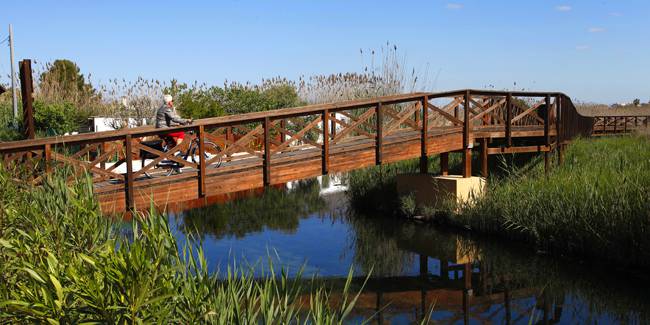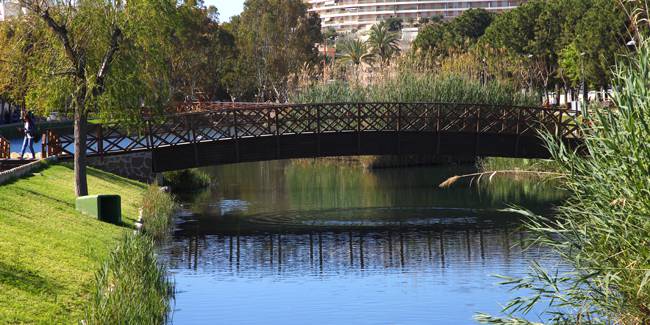Natural heritage
Serra d'Irta - Unspoilt coves
The Natural Park of Sierra de Irta comprises a completely unspoilt coastline, with no buildings along it 15kms that extend along the south coast of Peñíscola. It harbours 16 natural coves, some with fine sand and others that are rougher, with shingle and gravel.
The Sierra de Irta Natural Park, located to the north of the region of Valencia, is a mountainous ridge some 573m high. The historical absence of significant human settlements, together with the progressive abandonment of the crop and cattle farming that endured for centuries, give way to natural and ethnological treasures.
A rocky, coastal mountain range dotted with cliffs and coves, where the Mediterranean flora and fauna is displayed in all its splendour along its entire 15km stretch. There are also numerous signposted trails that allow you to discover this natural wonder and its treasures, among which are the Badum watch tower, recently restored and with access to the interior.
Film shoots in this spot enjoy the exceptional singularity of an unspoilt coastline in the middle of the Mediterranean; easy to access for most vehicles, cars, and low-tonnage unarticulated trucks.
Episodes of shows such as 'El Barco' have been filmed in these coves.
Permits to film within the coastal and inland areas of the park must be processed by the regional autonomous authorities, via the Film Office.
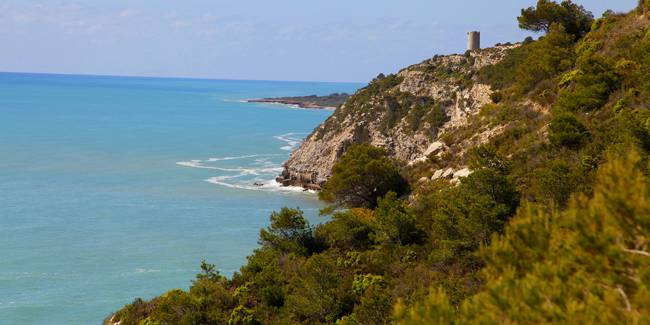
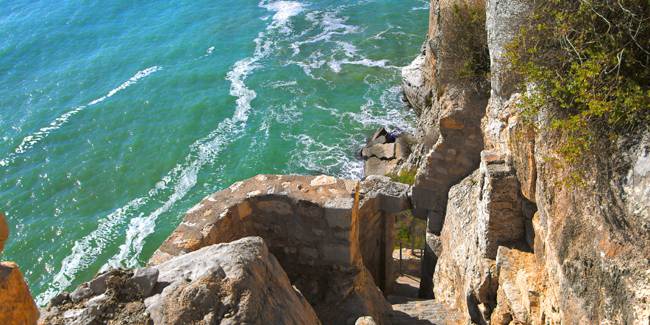
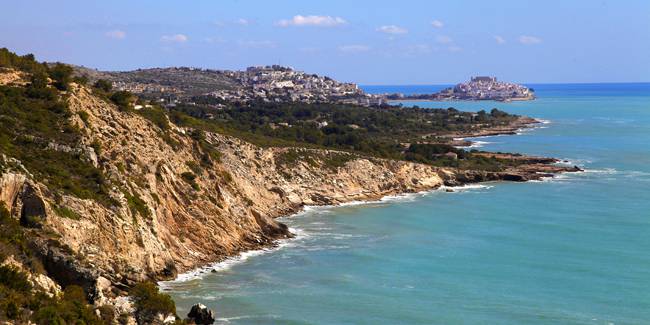
Urban beaches
The north beach of Peñíscola is the closest to the old town. A delightful beach in a relaxed setting with the Pope Luna castle in the background.
Its main characteristics are the five kilometres of fine sand that make it the municipality's main beach, its excellent maintenance, and the quality of its waters. Thanks to the facilities provided at the beach, it has been granted the following certifications: Blue flag, “Q” flag from the Institute for Quality for Tourism in Spain, the “Green” flag of the AENOR certification company and the “Qualitur” flag of the Valencian Tourism Agency, which guarantee the quality, management and excellent service available at the North Beach of Peñíscola.
This location is equipped with walkways and infrastructure for people with reduced mobility.
It can also be visited every day of the year, at any time. It is one of the most visited in the whole of Valencia. It can also be cordoned off for filming, with permits offered for its occupancy. It is known, in fiction, for being the scene of emblematic moments in the film El Cid and El Chiringuito de Pepe, a massive set from the television series that over two seasons has broadcast 26 episodes in Spain.
The South Beach is known for its fine sands covering some 300m in length and 35m in width. A stroll here let's you take in the south promenade as the boats arrive in port with their day's catch—just one of the wonderful views that can be enjoyed at this location. It can be accessed from the south promenade (Paseo Maritimo Sur).
This beach stretches from the entrance to the port at the foot of the old town, to the breakwater of Las Viudas beach.
The south beach can be visited all year round at any time of the day and it can also be cordoned off for filming, while permits can be processed for use of the beach.
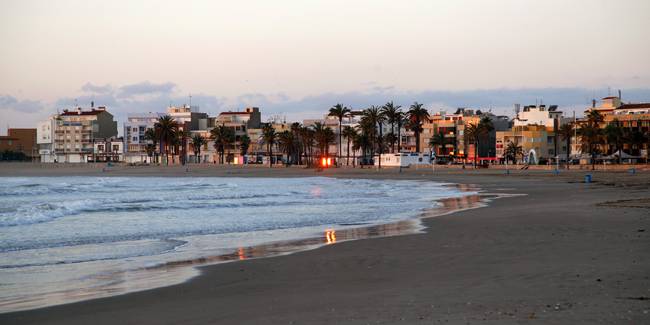
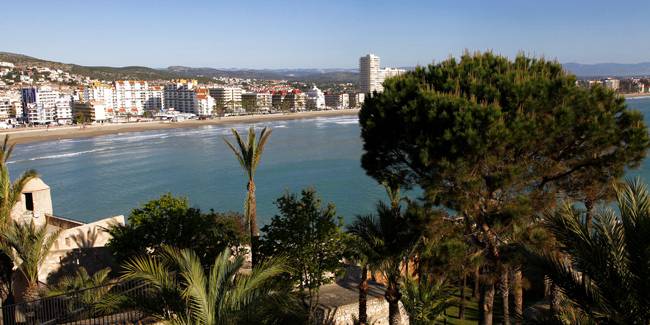
Westlands
During any visit to the Peñíscola marshlands, you will first enter the most natural and unspoilt part of the wetlands before arriving at the area transformed by man, running along and following the course of the irrigation canals until the mouth at Ullal de L'Estany.
You will learn about the origins of these waters, the flora and fauna, agricultural buildings, and how man has exploited the resources offered by the wetlands for his own subsistence. It also houses one of the last reserves of the Samaruc and the Fartet, part of the native marine fauna, as well as other species.
Access to the Peñíscola marshlands is from Pigmalión Street, next to the entrance to the Benedict XIII football pitch. This is a natural environment comprised of wetlands that can be visited thanks to the wooden walkways built to provide access.
From the paths of the Marshlands up to the old town is less than 1km, and there are no restrictions on visiting hours, as this is a public space open to all, which is also lit up at night.
Permits to film within the coastal and inland areas of the park must be processed by the regional autonomous authorities, via the Film Office.
